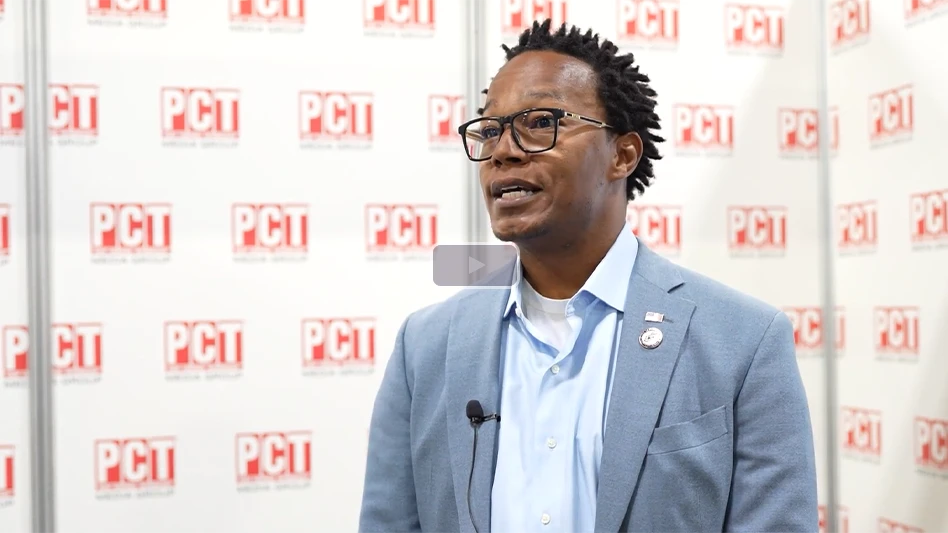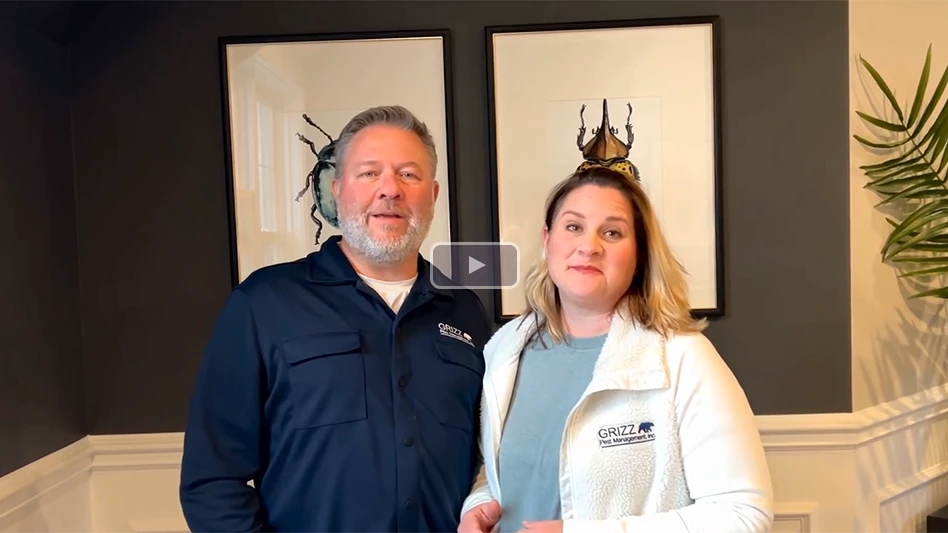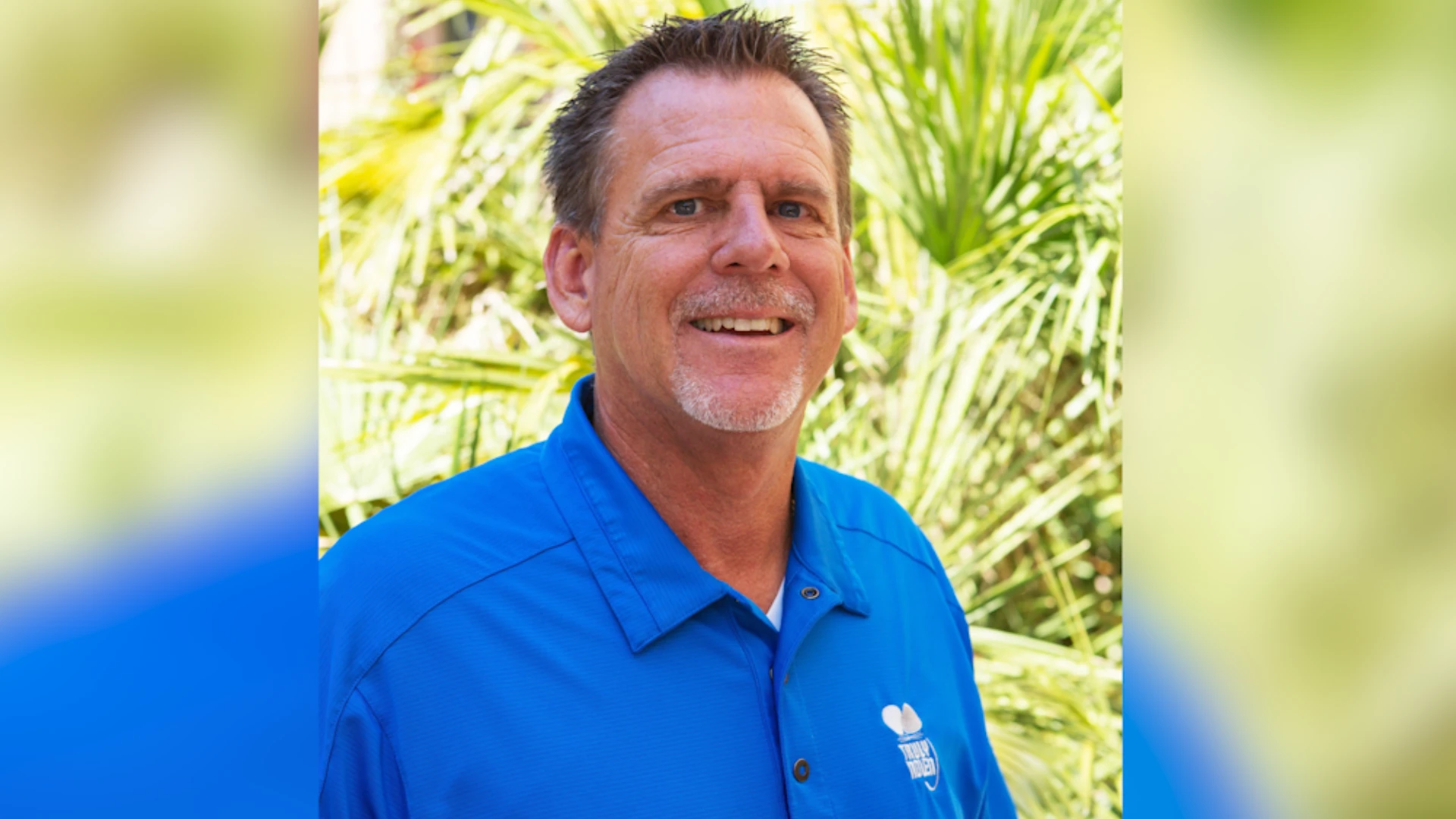Everyone is getting hosed at the pump this summer. With fuel prices higher than $4 per gallon as of press time, the pressure is on especially for service companies with fleets, where vehicle costs including gasoline can be the fourth largest budget line item, as is the case at Rollins.
According to a National Pest Management Association 2010 Operating Cost Study, a pest management professional will allocate an average 4 percent of total vehicle expenses toward fuel — the largest vehicle cost. When prices go up pennies on the gallon every week, the monthly gas bill is a real slap to the bottom line, no matter the size of your operation.
Mark Slater felt the burn in 2008, the last time gasoline prices topped $4 per gallon. "Almost overnight, our fuel bill went up close to 25 percent," says the president of Turner Pest Control, Jacksonville, Fla. "Fortunately, we had anticipated a fuel increase that year — however, that increase in 2008 redefined our definition of high fuel prices."
In fact, that 2008 increase had a 1-percent impact on Slater’s bottom line. "We would certainly rather have that 1 percent in our pockets to invest in the business or our employees," he says.
Summer 2011 could set the bar even higher. And stakes could be greater if political unrest in Northern Africa and the Middle East continue to drive prices in a U.S. economy struggling for air after the recession. Meanwhile, PMPs are watching the cost of materials rise as they manage this fuel hit and skittish consumers who could think twice before spending on any "luxury" services like quarterly pest control (depending on where you live), says Rusty Markland, chief operating officer, Superior Pest and Lawn Management in the Washington, D.C., metro area.
"We’re not the only ones faced with rising gas prices — our customers are," Markland says. He maintains that pest management professionals who want business must find a way to offset higher costs by running leaner, not charging customers more. "If you lose that empathy for your customers and you raise prices, you make it harder for them to pay the bills," Markland says.
You can’t control the cost of gasoline. But this summer you can look inside and find ways to protect your bottom line and retain clients. "We learned that over time, as it relates to fuel and many other aspects of our business, that you have to look at it as a process and not a program," says Gene Iarocci, Orkin’s vice president of corporate administration, speaking on behalf of parent company Rollins. "We put processes in place to manage our fuel consumption that have become part of our daily routine."
Here We Go Again. The last time prices hit $4 per gallon, in 2008, Bert Snyder took a close look inside his operation, Palmetto Exterminators based in Charleston, S.C. "We did a hard self-analysis of our operational efficiencies," he says. Route optimization efforts included plugging every account into a software program that organized tight, efficient routes.
Over the years, Snyder has worked to improve each technician’s productivity by 25 to 30 percent by revisiting routes on a regular basis, along with reducing customer callbacks by educating customers on which pest problems necessitate a visit, and which problems don’t (i.e., on the South Carolina coastline, spotting an already dead cockroach is no reason for a four-alarm fire). "It’s hard to get technicians to spend the time educating customers," Snyder says. "They want to go in and do what they need to do, and they don’t want to dialogue a whole lot.
"We have to emphasize to technicians the importance of communicating services: what is a realistic callback and what are realistic service expectations," he adds.
These strategies helped Palmetto Exterminators avoid price hikes and keep up with inflation since 2008. "Moving forward, the bigger challenge for us will be how to absorb additional costs of chemicals plus the gasoline prices when you have 80 trucks on the road every day," he says, noting a 20- to 30-percent increase in fuel costs as of late March 2011. "We’ll have to do another self-analysis," he says.
Vicki Hummel, vice president of Myers Services, headquartered in Dallas, Texas, referred to the U.S. Energy Information Administration’s website (www.eia.doe.gov) to estimate fuel prices while budgeting back in 2008. She saw the hike coming. "The [site] is not precise, of course, but it’s better than getting slapped in the face," she says.
Still, fuel cost Myers Services an additional $35,000 more than budgeted, just between the months of June and August 2008 when prices peaked. So the company installed GPS systems in all vehicles. This way, managers began to monitor personal use of vehicles. (Technicians are only allowed to drive trucks to and from work.) "By paying attention to the details and making technicians aware that we were watching it," says Hummel, "we let them know they need to do their best to help us because it affects the bottom line."
Do employees care? Sure they do. "Our guys could make more money [by improving route efficiency] because they work on commissions," Snyder says.
What’s different this summer compared to 2008 is the economy. The rise in oil prices will reduce the pace of economic growth and inflation somewhat, but should not lead to another recession, or "double-dip," according to a March 2011 report by Raymond James Financial Center in St. Petersburg, Fla. Meanwhile, the Federal Reserve will watch the impact of oil prices and is not likely to tighten monetary policy, the firm predicts.
Running Leaner Operations. You can’t control gas prices, but you can consume less and offset the cost by working smarter. Enter GPS systems and mapping software designed to optimize routing. "It’s easy to monitor what happens inside the four walls of your office, but the second you get outside of those four walls…" says Mark Roberts, chief marketing officer for Discreet Wireless, a 10-year-old producer of mobile tracking devices.
"With the correct management approach, you can leverage your resources and that can have a real positive benefit on your day," Roberts says, noting that 30 to 45 minutes of idle time is about 1 gallon of gas — or $4 per day. "You multiply that by the number of vehicles you have, and over a year, that adds up."
Technician accountability is emphasized at Massey Services, Orlando, Fla., through processes that ensure production standards are met for every job function, says Adam Jones, vice president, quality assurance. Daily mileage logs are reviewed by supervisors and summary reports are prepared for each technician. "We look for discrepancies and if we have to, we do individual audits," Jones says.
Slater instituted a variable pay component for service managers that rewards them for improving route efficiency on a monthly basis. It works like this: By using historical data gathered from trucks’ GPS systems, each manager calculates the "baseline" route efficiency measured by miles per stop. At the beginning of the year, the company sets targets for each manager and develops strategies to reach those goals. "If the manager is effective in implementing the initiatives and properly managing his business, he shares in the gains that he is bringing to the company," Slater says. "I believe it is key to the success of our business to have our management team properly rewarded for contributing to the success of the organization."
Slater also encourages associates to shop for the lowest fuel prices, though he says, "Hands down, the best investment we ever made that helped us manage our fuel usage was installing fixed active GPS in our fleet."
Iarocci shares that Orkin can manage fuel charges through a preassigned fuel card distributed to each technician. Employees must punch in their I.D. number at the pump to use the card. Reports are generated and reviewed at a branch level, so Orkin can tell whether a technician filled his truck with high-test gasoline rather than "regular," or if more gallons were used than a route requires.
Technology is helpful, but it’s not necessary to have GPS to improve routing and reduce fuel consumption. Arnold has explored GPS for his fleet of 80 vehicles, but he hasn’t invested in truck-mounted units yet. He does, however, use a software program to optimize routes. "We run 200 to 300 stops in a month and the average truck runs 12 to 15 stops a day," he says of the volume. "We found that with quality employees, if they can run the route we assign to them, we stay efficient."
Prepping for Price Hikes. Arnold remarks on this summer’s expected gas price hikes: "This time, I’ll tap the oil well behind my office here and start producing at home." He’s kidding, of course, though given the political turmoil in Northern Africa and the Middle East, the lure of extracting black gold from home to fuel the fleet is mouth-watering.
But then there’s reality. And it’s not pretty for any industry — and there’s an economic domino effect triggered by rising fuel costs. According to IHS Global Insight, for every sustained $10 per barrel increase in oil prices, U.S. gross domestic product declines by 0.2 percent. High prices at the pump put a damper on consumer spending. And during a one-month period when the Libyan civil war broke out, gas prices shot up to more than $3.55 nationally (up 38 cents). By the time of publication, PMPs could be facing costs in excess of $4 per gallon.
Arnold talks casually with his business partner about the self-fulfilling prophesy of fuel talk. "You get enough people talking about $5 per gallon gasoline at the pump," he says.
But the hike is happening, and Roberts sees no end. Who knows how high the ceiling could be. "If I could predict the price of a commodity…," he muses.
So what are you going to do about fuel, aside from dream about a backyard well?
"We are going to grab some more work," Markland says. "We are all faced with fuel costs every month and you can’t control those. But we can generate more business to cover those costs. We can sell ourselves out of this problem."
Specifically, here are some strategies you can put into place today at your company to take the edge off of that next trip to the gas station.
• Pair the vehicle to the job. Arnold has two Toyota Prius hybrids in his sales fleet that average 45 to 55 miles per gallon of gas. The rest of the sales force drives Toyota Scions, which average up to 35 miles per gallon. "We scaled back on the type of trucks we use, and by being more effective in our Integrated Pest Management approach, we don’t necessarily have to carry the bulk of product that we used years ago," he says, noting that the four-cylinder trucks average 17 to 20 miles per gallon, but larger trucks with V8 engines average 10 to 15 miles per gallon.
• Purchase wisely. "Instead of buying small, we bought big which brought [material] prices down, and we have the ability to stockpile," Markland says.
• Prevent callbacks. "Stress to your technicians the importance of doing the job right the first time to minimize callbacks," Hummel says. Send the message that saving on gas is a priority — but skimping on service is not acceptable. "You have to make the customer happy," she says.
• Reassess routes. Hummel is reviewing routes "more aggressively and more often," at least monthly and always after winning a big piece of business. By communicating with technicians the company goal to route tightly and use less gas, she says employees are sometimes the first to point out route overlaps. Meanwhile, in the pursuit of avoiding zig-zag and reducing windshield time, Hummel is careful to honor all customer requests for time of service. "Routing has to be in the customers’ best interests, as well," she says.
The author is a freelance writer based in Bay Village, Ohio. Send her an e-mail at khampshire@giemedia.com.
*****
Surcharge or Not to Charge?
Not sure whether to pass on the higher pump prices to customers? PCT talked to companies to find out the pros and cons of fuel surcharges.
Mark Slater, Turner Pest Control: Turner Pest ran a test pilot program for fuel surcharges several years ago. "We came to a quick conclusion that the approach was just not a good fit for us or our customers," Slater says. "The effort it took to explain the charge to customers far outweighed any costs that the fees offset." The lesson: Don’t itemize the price increase. Slater says customers were more accepting of a small increase in regular fees to cover the increased cost of doing business.
Rusty Markland, Superior Pest and Lawn Management: "What fuels the business is business," Markland says. "If you add a fuel surcharge or raise prices to cover gas prices, that can decrease your business. So then you’re hit with a double whammy."
Gene Iarocci, Orkin: "We have not been an advocate of the fuel surcharge," Iarocci says, despite some transportation industries’ tendency to pass on the cost to customers. "We look at pricing annually to determine based on costs that we incurred from the previous year if we need to make adjustments."

Explore the May 2011 Issue
Check out more from this issue and find your next story to read.
Latest from Pest Control Technology
- MGK Announces EPA Registration of Botanical Active Ingredient Veratrine
- Termite Control Sales Strategies
- NPMA Announces ELP Class of 2025
- Termite Control Tools and Equipment for PMPs
- Choe Reviews Drywood Termite Geographical Hotspots, Latest Research Findings
- Mosquito Squad Announces Rebranding to Mosquito Squad Plus
- Pest Control Equipment: If it’s Critical, Back it Up!
- In Memoriam: Marybeth Wonson





